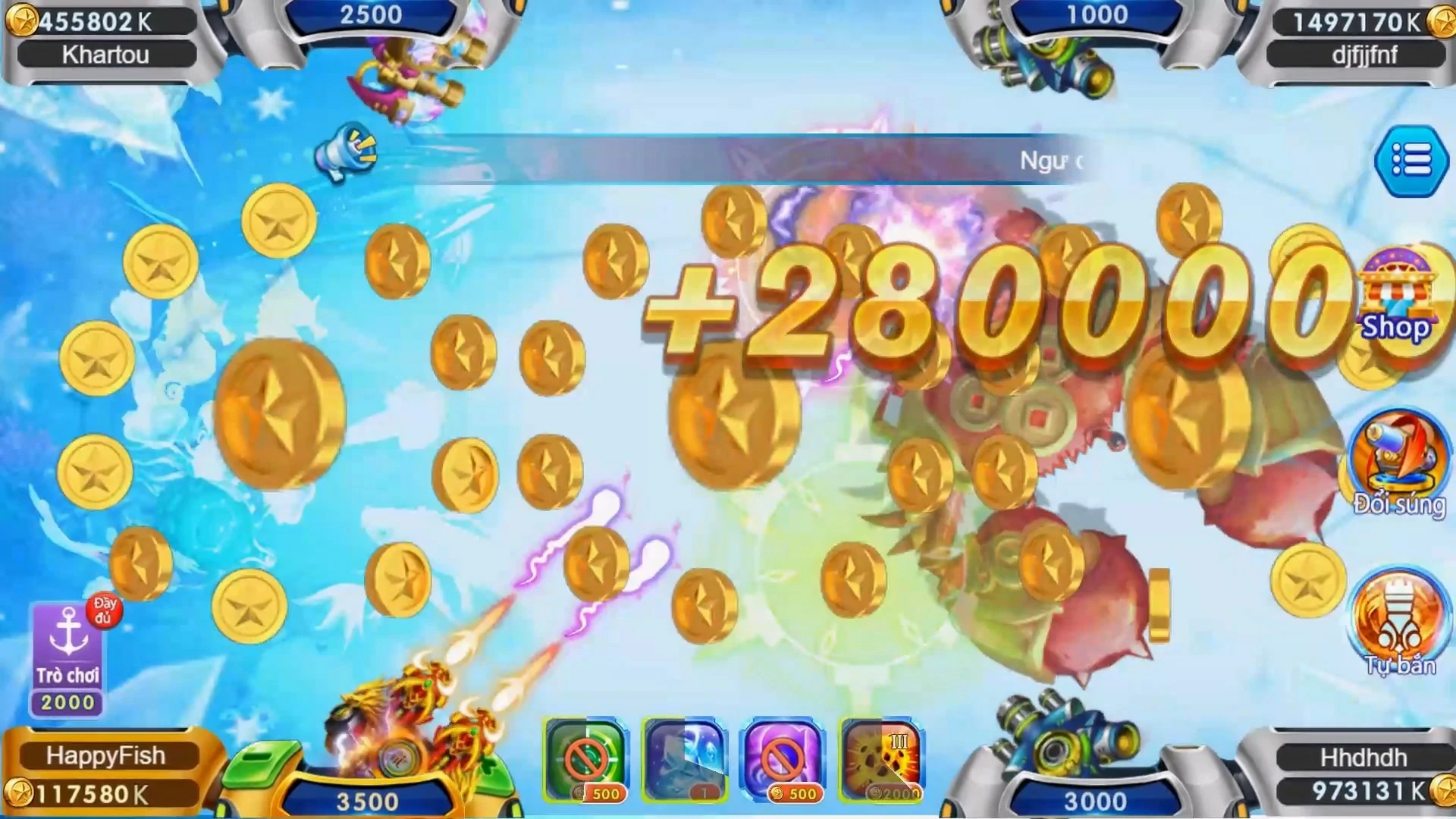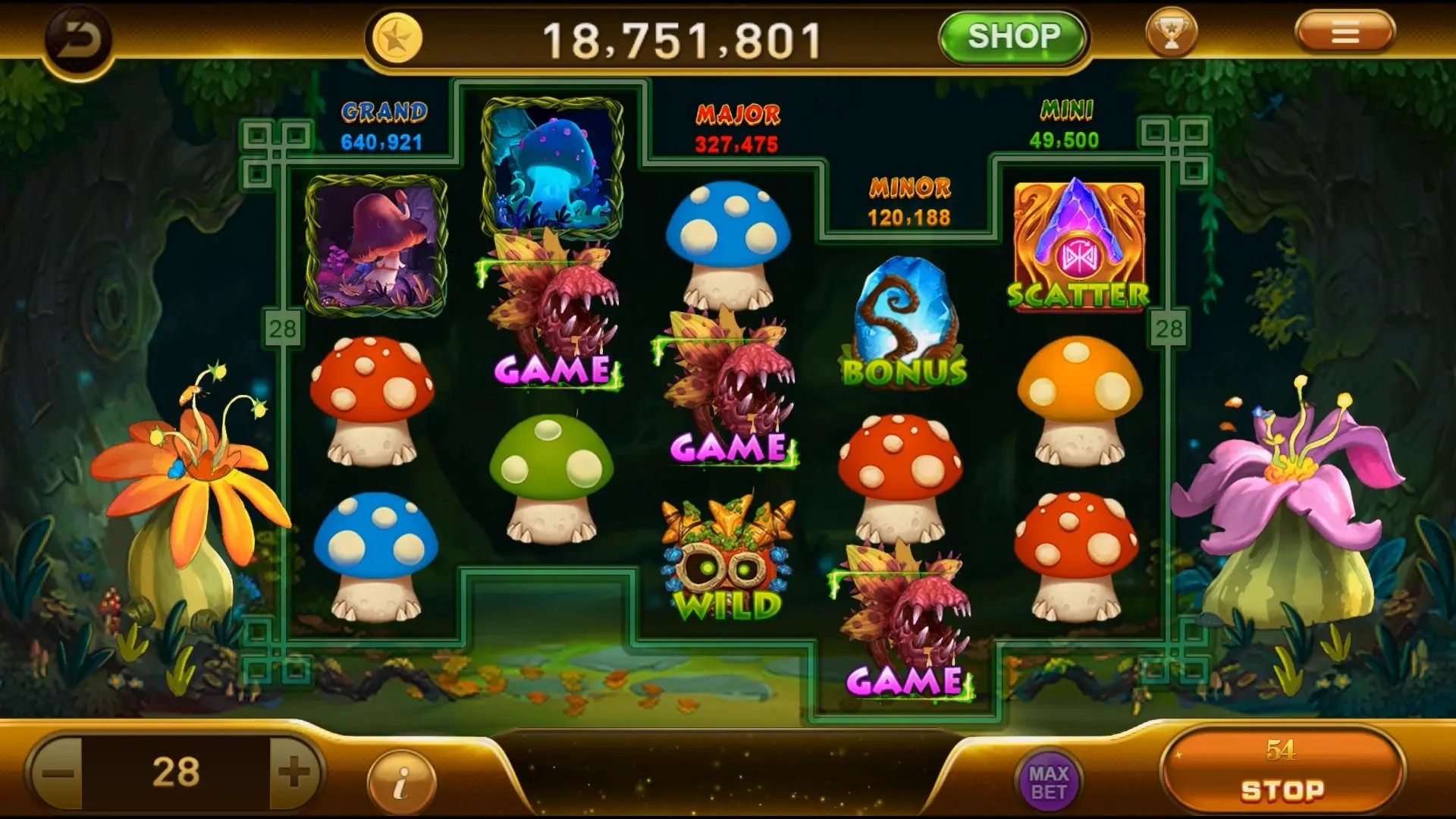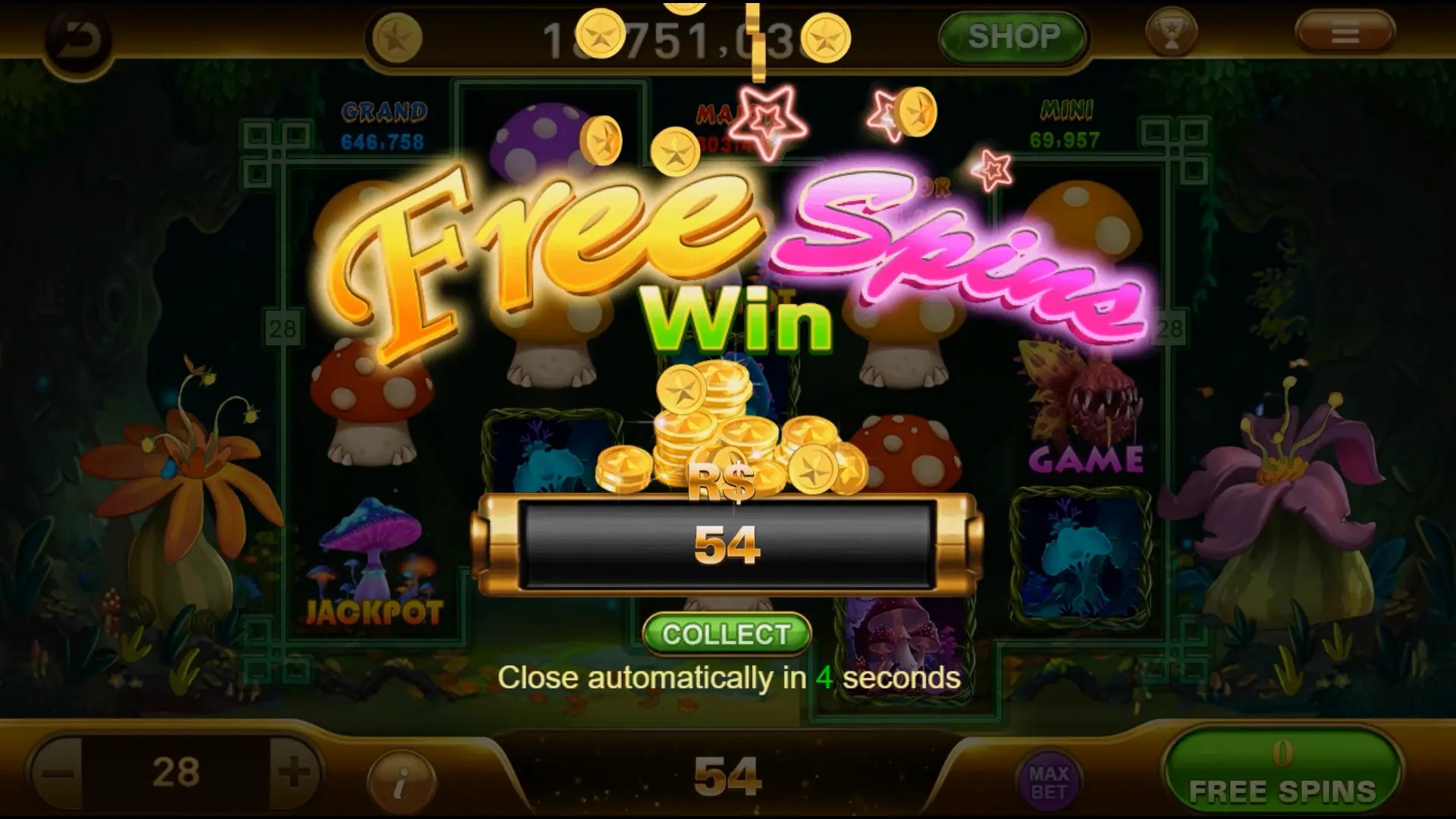Indie Games Are Redefining Mobile Experiences
You’d be forgiven for assuming big studios still run mobile gaming. But guess what? A quiet revolution is unfolding in pockets across the globe—small, passionate teams with nothing but creativity and grit are shaking the foundation of mobile games. They aren’t waiting for permission. And their latest battleground? Your smartphone screen.
Enter the indie game renaissance. What used to be a niche curiosity has now become a mainstream movement, pushing boundaries in mechanics, art style, and emotional depth. These titles often cost less than a latte and somehow deliver richer moments than triple-A ports cluttered with microtransactions. There's rawness. Honesty. Magic.
Why the Mobile Space Loves Indie Innovation
The mobile ecosystem? Brutal but open. Unlike consoles or PC, you don’t need deep publisher connections or a six-figure ad budget to appear in the app stores’ featured section. A good indie game can rise organically. Word spreads. Players share clips. Reddit threads ignite. Then, before you know it—that little pixel-art mystery game with synthwave audio and time-bending puzzles is everywhere.
Casual doesn't have to mean low-quality. In fact, the constraints of mobile gaming—short play sessions, touchscreen inputs, limited attention—push creators to think more boldly. How do you make someone feel awe during a coffee break? That’s exactly where indie devs excel.
- Bold narratives told in 5-minute sessions
- Game mechanics tailored to touch (not controllers)
- Fresh visuals—minimalist, hand-drawn, glitch-art aesthetics
- No mandatory ads if premium version is offered
The Rise of Cult Hits on Smaller Screens
Sure, you might have heard of classics like Monsu or Ghost Trick finding life again on iOS. But something newer’s in the air—strange, weird, brilliant experiments like Strange Brigade: Sunken Kingdom Door Puzzle are proving that even narrative-driven puzzle games can thrive without buttons.
This title (not to be mistaken for any big studio's spinoff) drops players in an aquatic ruin, tasked with decoding a temple's mechanism by matching cryptic glyphs, rotating tidal levers, and interpreting forgotten audio logs. It’s part Lovecraft, part logic gymnasium. No shooting, no stamina bars. Just immersion.
What's shocking isn’t its polish—but how much soul fits into under 300MB.
Key takeaway: The smaller the team, often the deeper the connection with the player. You can feel the designer winking at you in obscure riddles or leaving easter eggs about last week's pizza dinner.
Differences That Actually Matter: Indie vs. Big Studio
| Factor | Indie Mobile Games | Traditional Mobile Games |
|---|---|---|
| Updates | Personal, slow, thoughtful | Frequent, monetization-focused |
| Art Direction | Rare, unique visuals | Safe, tested aesthetics |
| In-App Purchases | Rare or optional DLC | Aggressive currency traps |
| Game Length | 4–8 hours immersive story | Endless loops with diminishing fun |
Discoverability? It's a Jungle
Lets not pretend. Getting noticed remains tough. The app stores are flooded. Thousands of new mobile games drop every week. Many indies vanish into obscurity—not due to lack of quality but absence of marketing might.
But—here's hope: curation is coming back. Indie showcases on Apple Arcade, limited promotions during mental health month or art week are opening doors. Also, TikTok. Can't overstate TikTok. One viral puzzle clip of someone screaming “Wait… this door rotates HOW?!" from Strange Brigade: Sunken Kingdom Door Puzzle could be enough to push a dev into the black.
Seriously. One moment. 18 seconds of confusion and revelation. That’s the power of indie mobile storytelling today.
Even if your game’s only downloaded by 5,000 people, those people often cherish it like a found diary.
A New Kind of Player Is Emerging
You know who's fueling this? People tired of grinding, waiting, spinning wheels just to continue. They’re not always teens on lunch breaks. Many are older players, 30+, seeking quiet, meaning, even poetry from their gaming moments.
Pocket existentialism? Exactly. Think of indie puzzle adventures or surreal walking simulators on tablets. They fit better in therapy waiting rooms than subway commutes. But they work.
In Serbia? You’re part of it. Developers from Belgrade, Niš—they’re quietly gaining fans. A minimalist dungeon game coded over winter 2022 is now whispered about in Swedish Reddit circles. Why? Because mobile gaming’s soul isn’t just in Silicon Valley. It’s scattered. And it’s loud when it matters.
Bold truth: the best indie games don’t imitate anything. They don’t feel like watered-down console versions. They use touch, vibration, camera flashes—even background music choice—as emotional tools. Not just input, but conversation.
Hunger Doesn't Kill Passion—But Bad Meals Might
Okay, here's a weird twist. You ever play a brilliant mobile puzzle while having a sad desk meal? Tuna from a can? No bread? Just… sadness? Now imagine beating a complex sequence in a hidden temple, your mind crackling—and finally rewarding yourself with… actual flavor.
Weirdest thought I’ve had all week? Some devs literally bake into games subtle food nostalgia. Audio cues resembling sizzling onions, textures like crumbled feta. Makes me wonder: what meals that go well with potato salad actually pair well with a mind-melting mobile game?
- Grilled kebabs – smoky contrast to screen-time stillness
- Fresh ajvar and warm pita – tactile joy after puzzle completion
- Stuffed peppers – hearty, balanced, like a perfectly solved grid
- Kiseli kupus side – fermentation echoes layered gameplay
Food & games: Both are sensory. Both can tell stories. And honestly, nothing celebrates a Sunken Kingdom breakthrough like biting into cold, garlicky potato salad someone made with care.
Final Thoughts: Play Small, Think Big
The next game that reshapes how you feel on your phone might come from a two-person team using borrowed headphones and a pirated art software trial. It might not feature explosions or loot boxes—but it could make you stare out the window afterward, stunned by how moving pixels created meaning.
Yes, discoverability is broken. Sure, the market’s noisy. But the spark? The hunger to make something real? That’s burning stronger than ever in the world of mobile games. And every download of an indie game is a vote—for creativity, for craft, for human voices behind the code.
Especially for users in Serbia: you don't need to wait for permission to join. Play. Review. Share on forums in your language. Your taste matters.
So go ahead—download that obscure puzzle title where you have to decode murals by moonlight, hum folk songs into your mic to unlock doors, or figure out why the Strange Brigade Sunken Kingdom Door Puzzle won’t budge (pro tip: rotate the phone upside down). You're not just playing. You’re keeping wonder alive in a format too many had given up on.
The mobile revolution didn't come from a corporate memo. It came from a bedroom in Niš, a quiet coffee break in Zagreb, or you—right now—choosing something small and wild over something loud and soulless.



